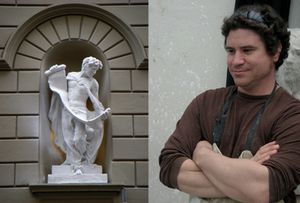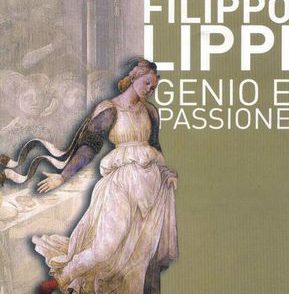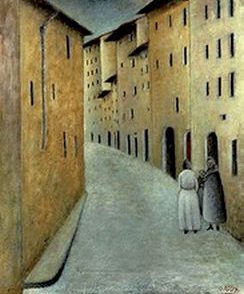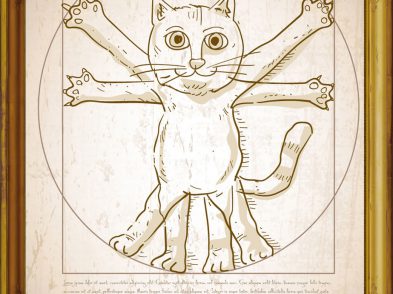Florence is not just a painter’s city. The Renaissance had as profound an impact on the written word. Florence was the center of this great humanist tradition, which sprang from reappraising the classics of Greece and Rome and gave birth to some of history’s greatest authors and intellectuals: Boccaccio, Dante and Machiavelli. The latest exhibition at the Biblioteca Medicea Laurenziana, La forma del libro: dal rotolo al codice (The Shape of the Book: From the Scroll to the Codex) gives visitors the opportunity to see the many forms the written word has taken in the last two centuries among the opulent building the Medicis built to house their collection.
The Biblioteca Medicea Laurenziana is an essential visit regardless of any special exhibition. The unassuming facade, nestled against the San Lorenzo Basilica opens into a beautiful cloistered courtyard. The staircase leading to the main hall of the library was designed by Michelangelo and executed in grey marble. Arriving in the long spacious reading room with its wooden pews and beautiful gold and white stained glass stained windows, one is immediately transported to that great epoch when the adoration of the past was coupled with a thirst for knowledge and progress. If however, instead of gazing to the heavens in thoughtful reflection you find the other visitors staring at their shoes, this is because they have discovered the wonderful sixteenth-century red and white terra cotta inlaid floor.
The exhibition is composed of 40 pieces ranging from the third century BC to the nineteenth century. Slabs of ostraca and lead bear Greek text invoking deities. Others pieces are granary receipts alluding to the practicalities of the written word as well as the difficulties of writing on pottery. Papyrus scrolls from Philadelphia and the Nile Delta represent the oldest pieces in the collection.
However, the manuscript collection makes the biggest impression. These largely religious books from Constantinople, France and Florence closely resemble our present-day book except for some glaring differences: the love, craftsmanship, and conservation bestowed upon them is immense. Obviously, each text is a small treasure, not only in its contents but also in its presentation. Leather work, stitching and jewelry adorn the binding, while ornate script and wonderfully vivid hand-painted images decorate the pages. A manuscript produced for Lorenzo and Giovanni di Medici lie open to a page which rivals some of the great altarpieces for its intricate design, figurative illustration and brilliant colors.
Though the illuminated manuscripts were commissioned and coveted by a wealthy elite, some of the books on display were created to be read in the library. Many of them have chains attached to the spine by which would have been locked to the bottom of the pews in the reading room. Other works, such as the thirteenth-century boxed Bible, were meant for the traveller. Historians speculate that the portable Bible displayed here belonged to Marco Polo and made the journey with him to China.
A fourteenth-century transcription of Dante Alighieri’s Divine Comedy is presented with a charming bit of local history. The Florentine scriptor Francesco di ser Nardo, blessed (or cursed) with many daughters, was forced make 100 copies of Dante’s work to raise money for his daughters’ dowries. He became known as the scribe of the Dante del cento (‘the hundred Dantes’).
The exhibition concludes with a survey of works from Asia dating from the sixteenth to the nineteenth century. Japanese erotic scrolls are a rarity in Italian collections and on display are humorous depictions of a ‘phallic contest’ in which grinning old men take turns measuring their grotesque and enormous members.
This exhibition at the Biblioteca Medicea Laurenziana places these books in their original context and depicts the Renaissance as a complete movement. Having seen the works the library was constructed to house, the visitor finds the halls of the reading room are endowed with an even greater sense of life. As light streams through the giant windows, history comes alive, and it is not hard to imagine the scholars of 500 hundred years ago hunched over the tables, poring over the texts displayed in the exhibition.
La forma del libro: dal rotolo al codice
Until 31 July 2008
Biblioteca Medicea Laurenziana, Piazza San Lorenzo, 9
Sundays to Fridays, from 9:30 to 1:30. Closed Saturdays.
Entry: 3 euro







